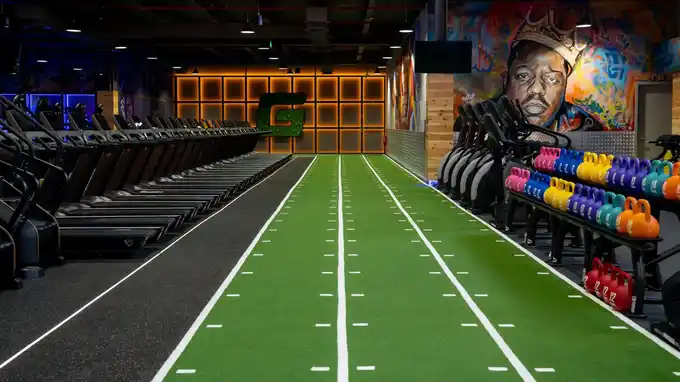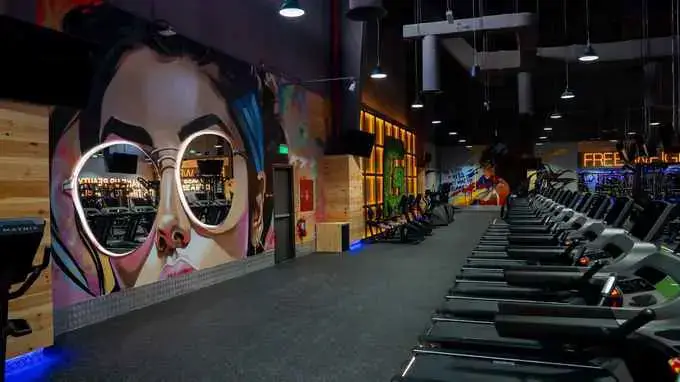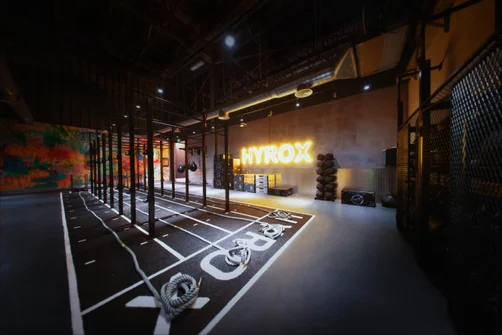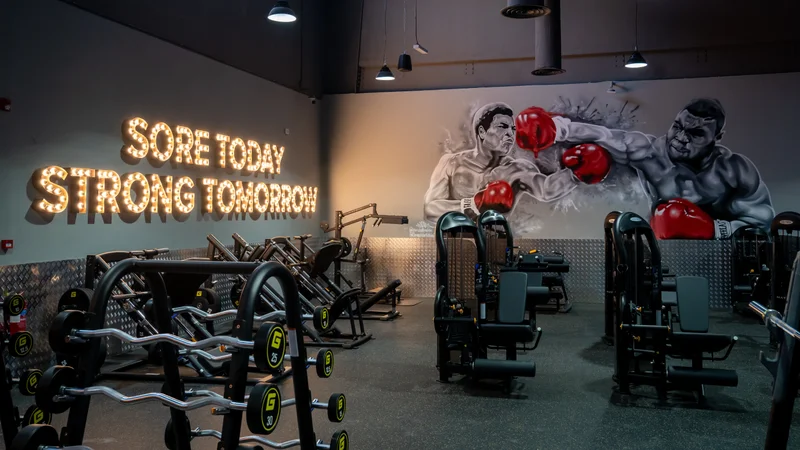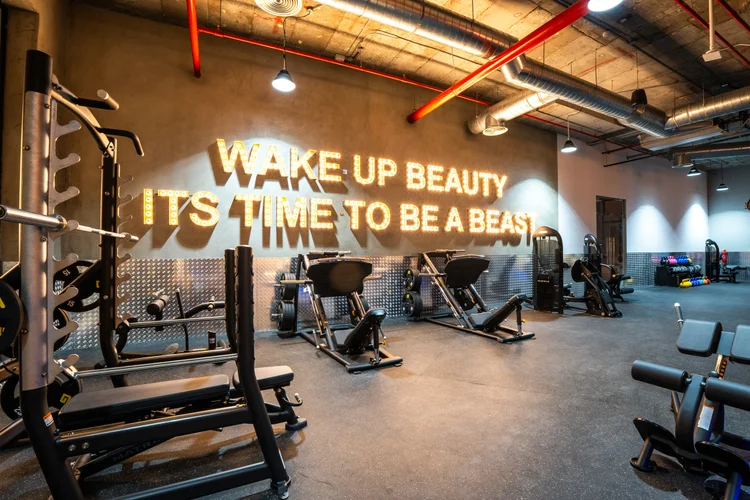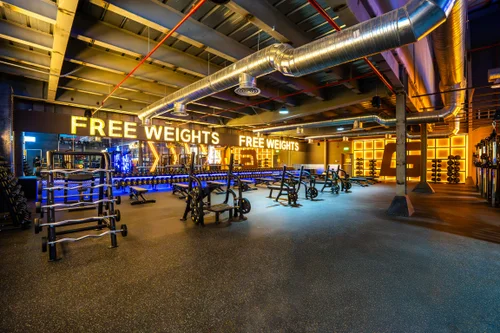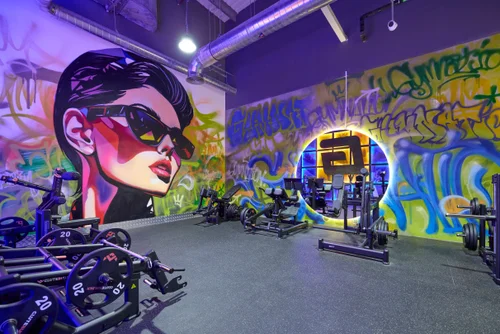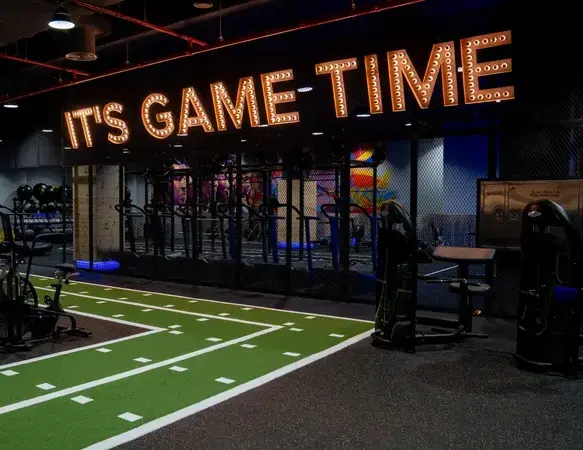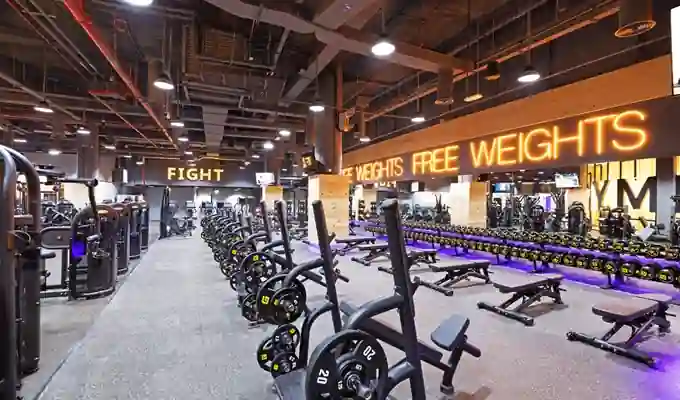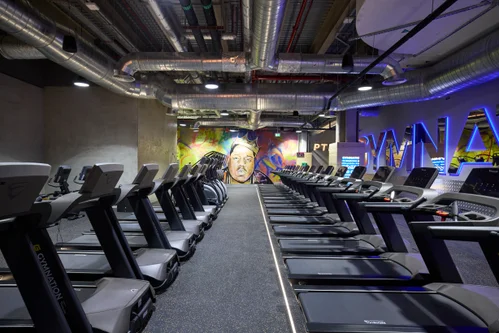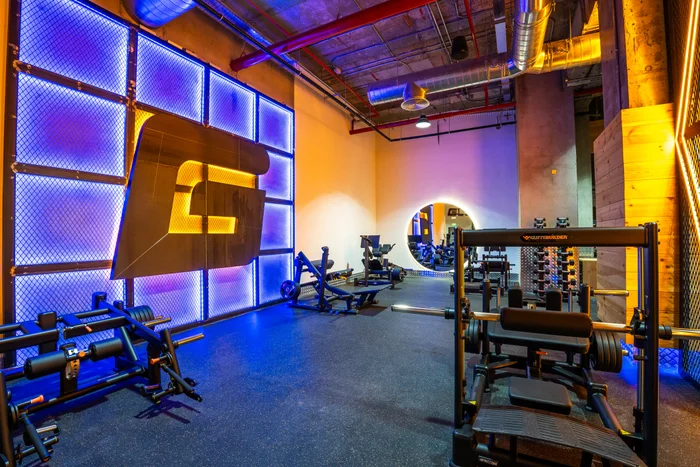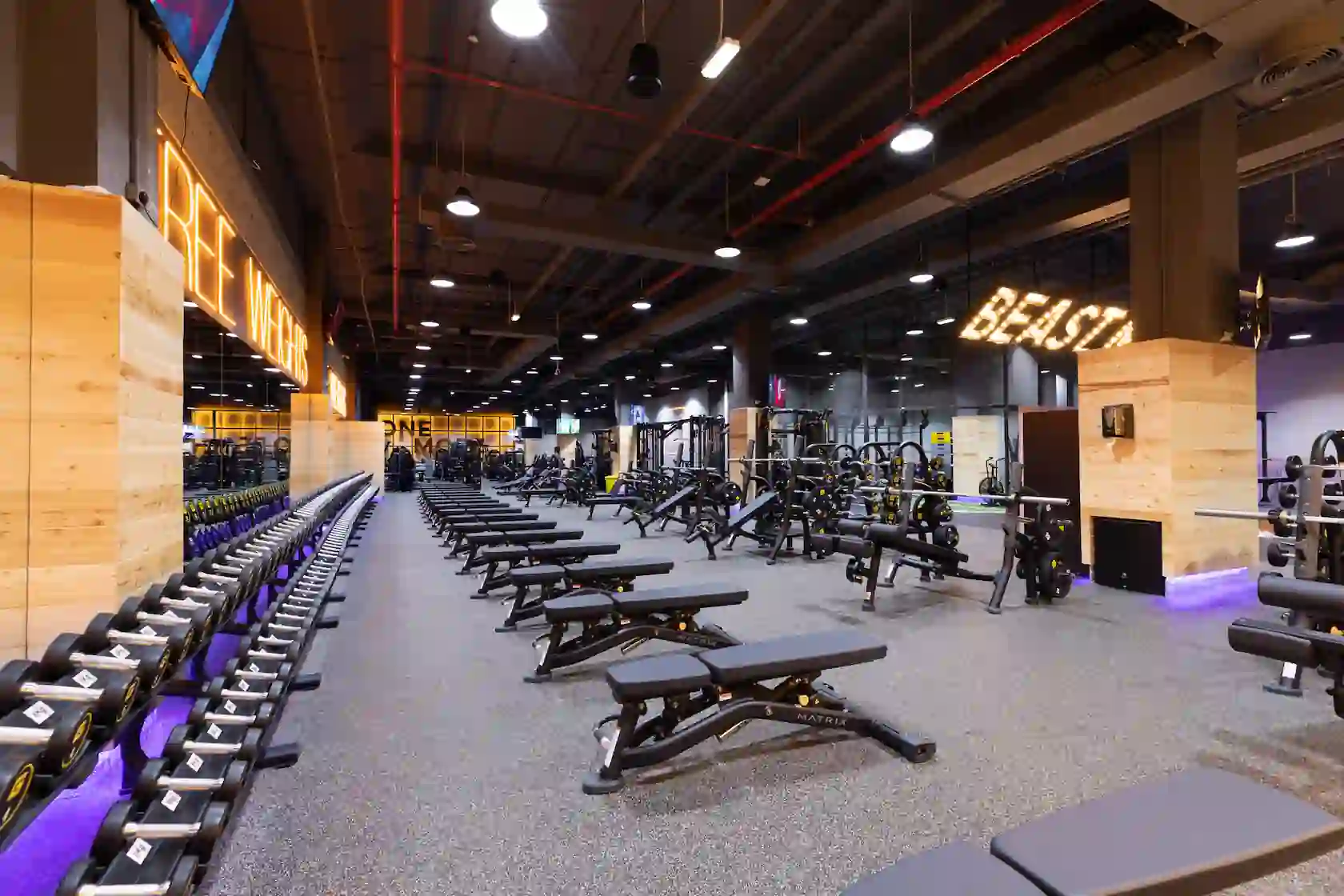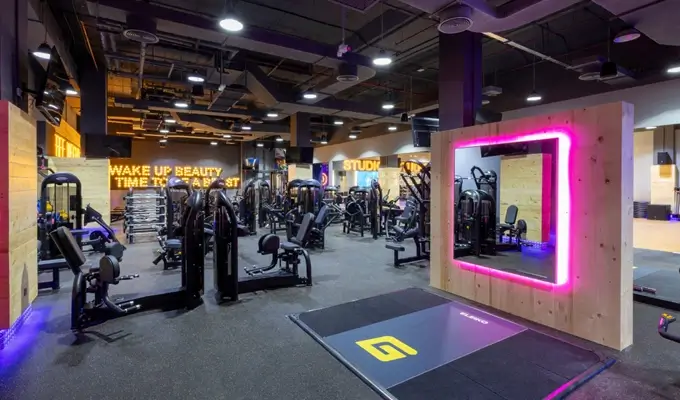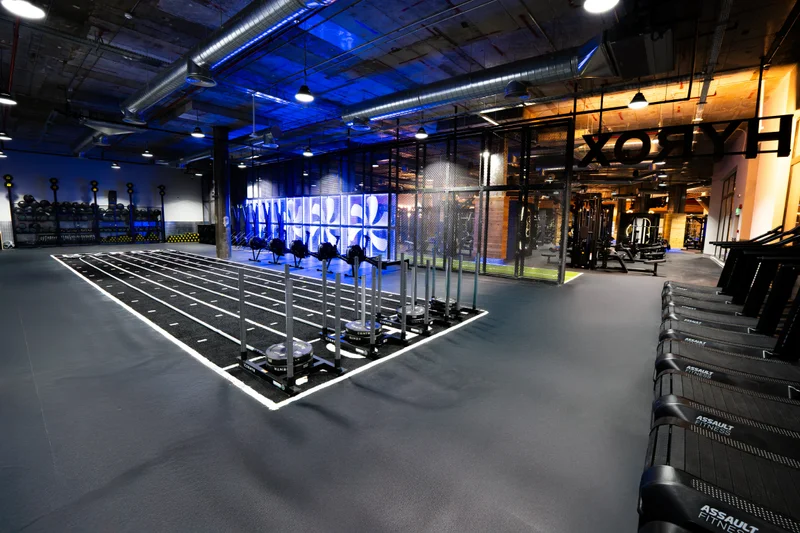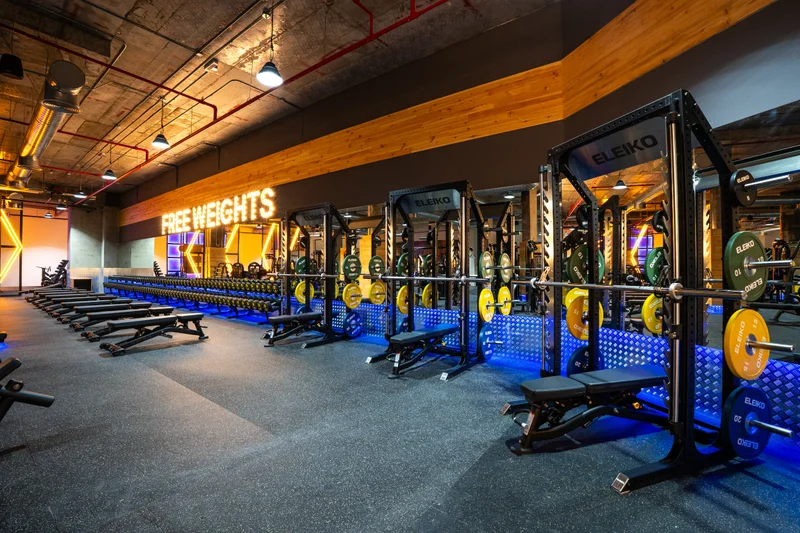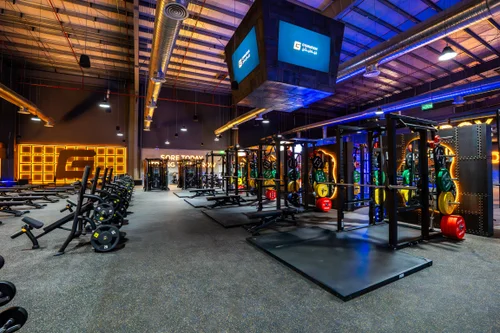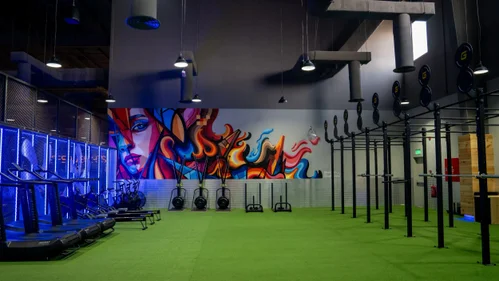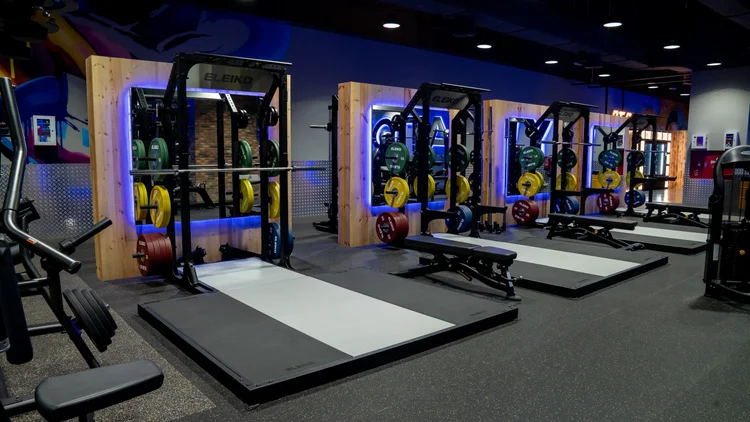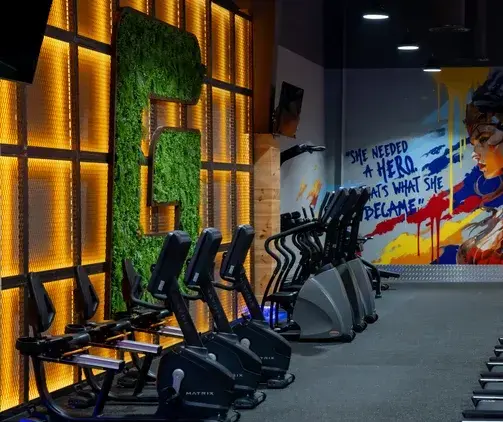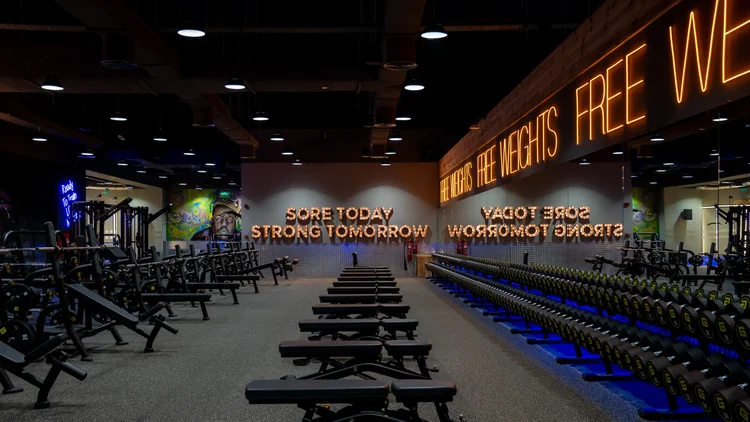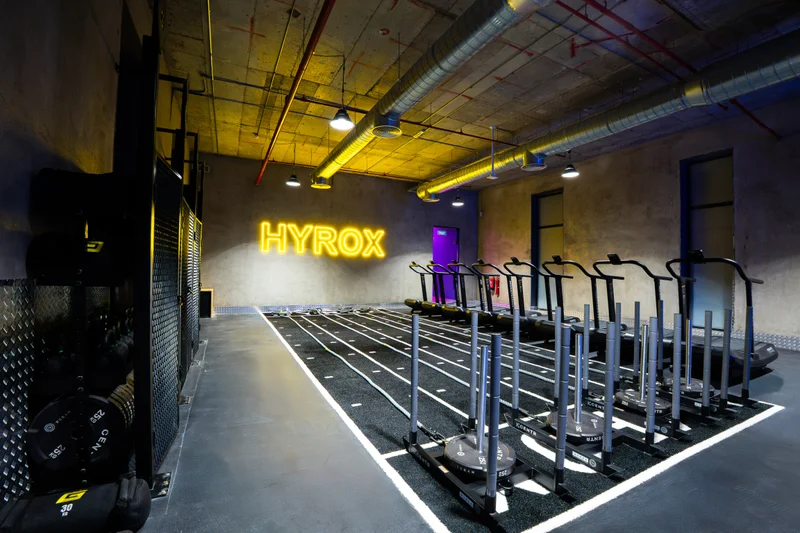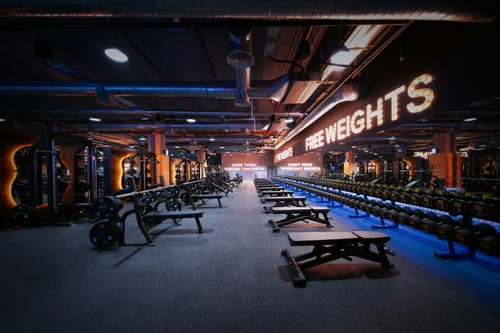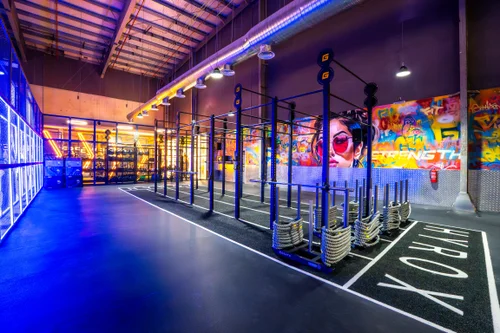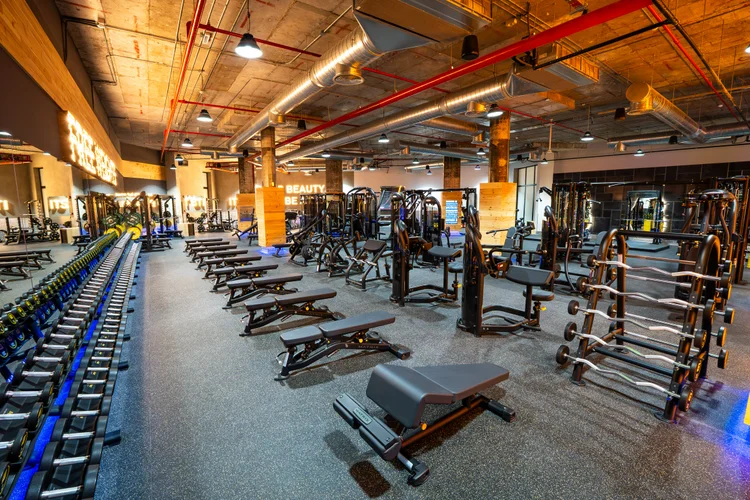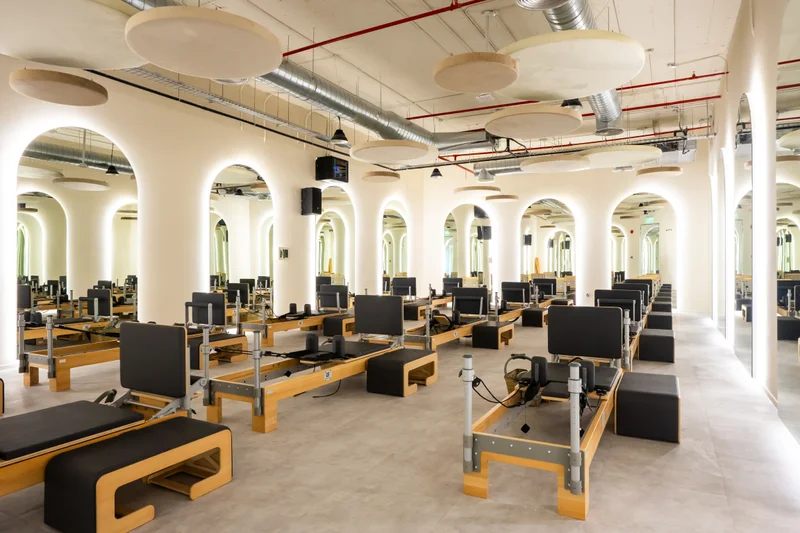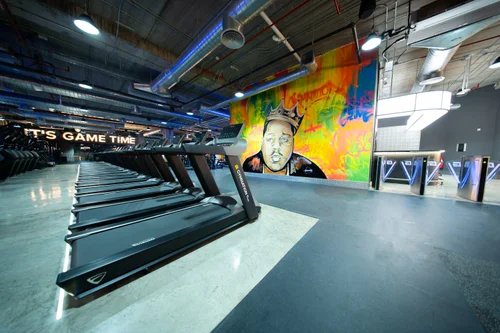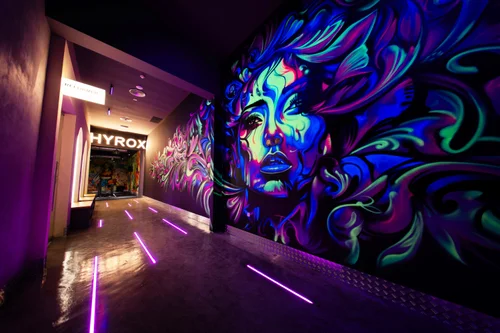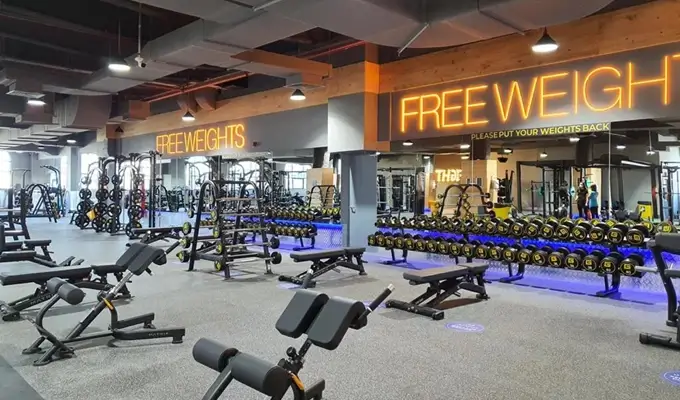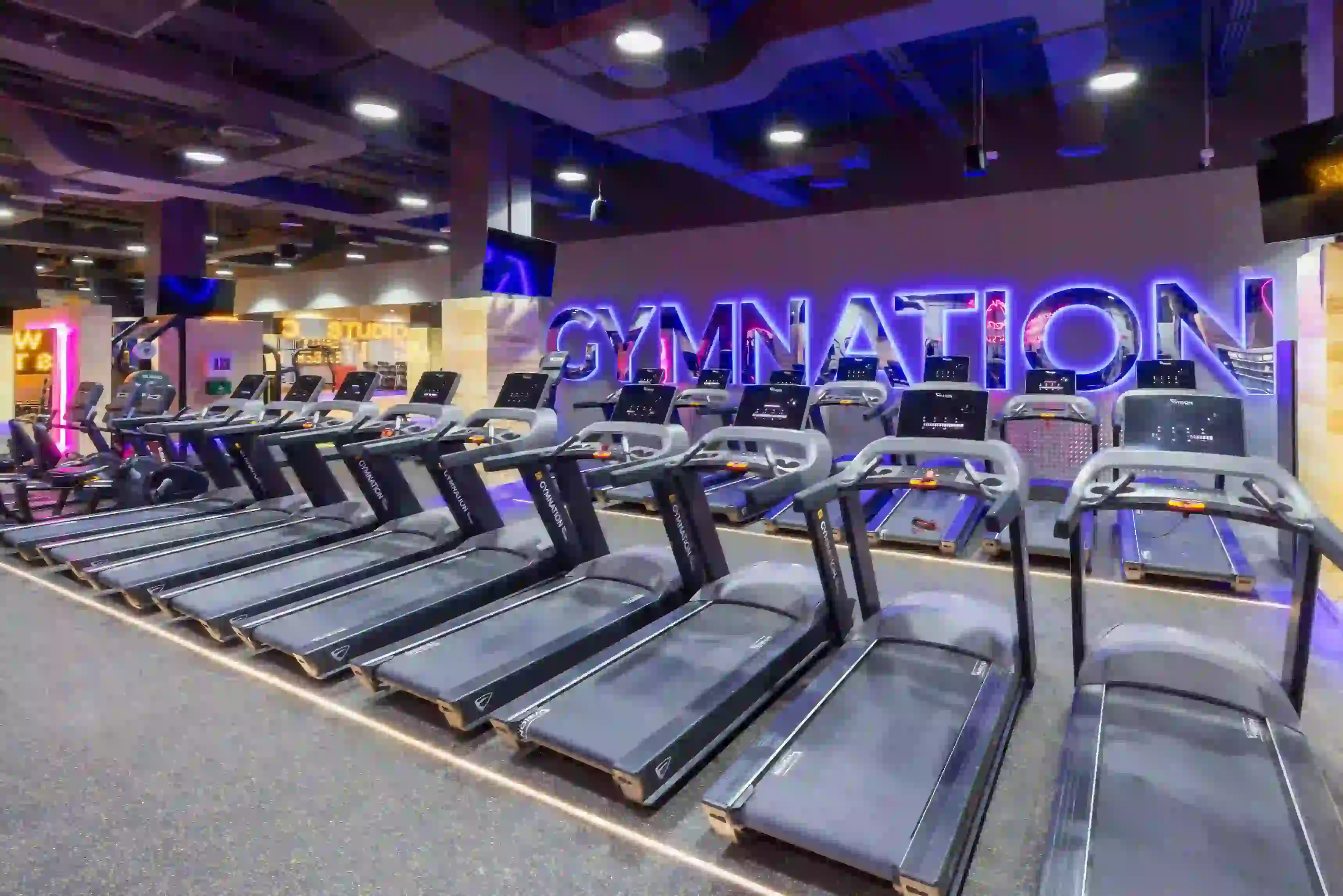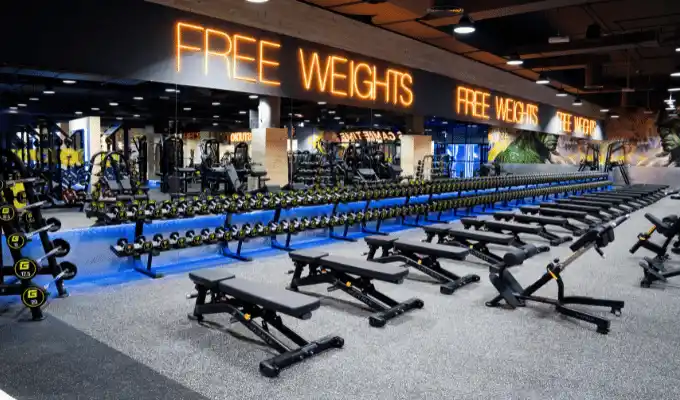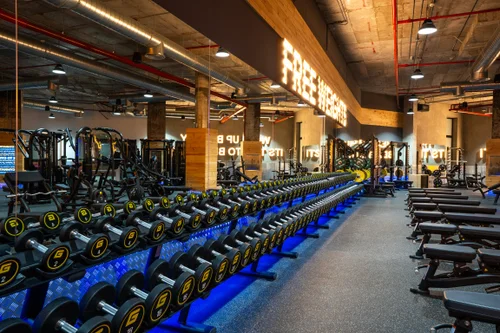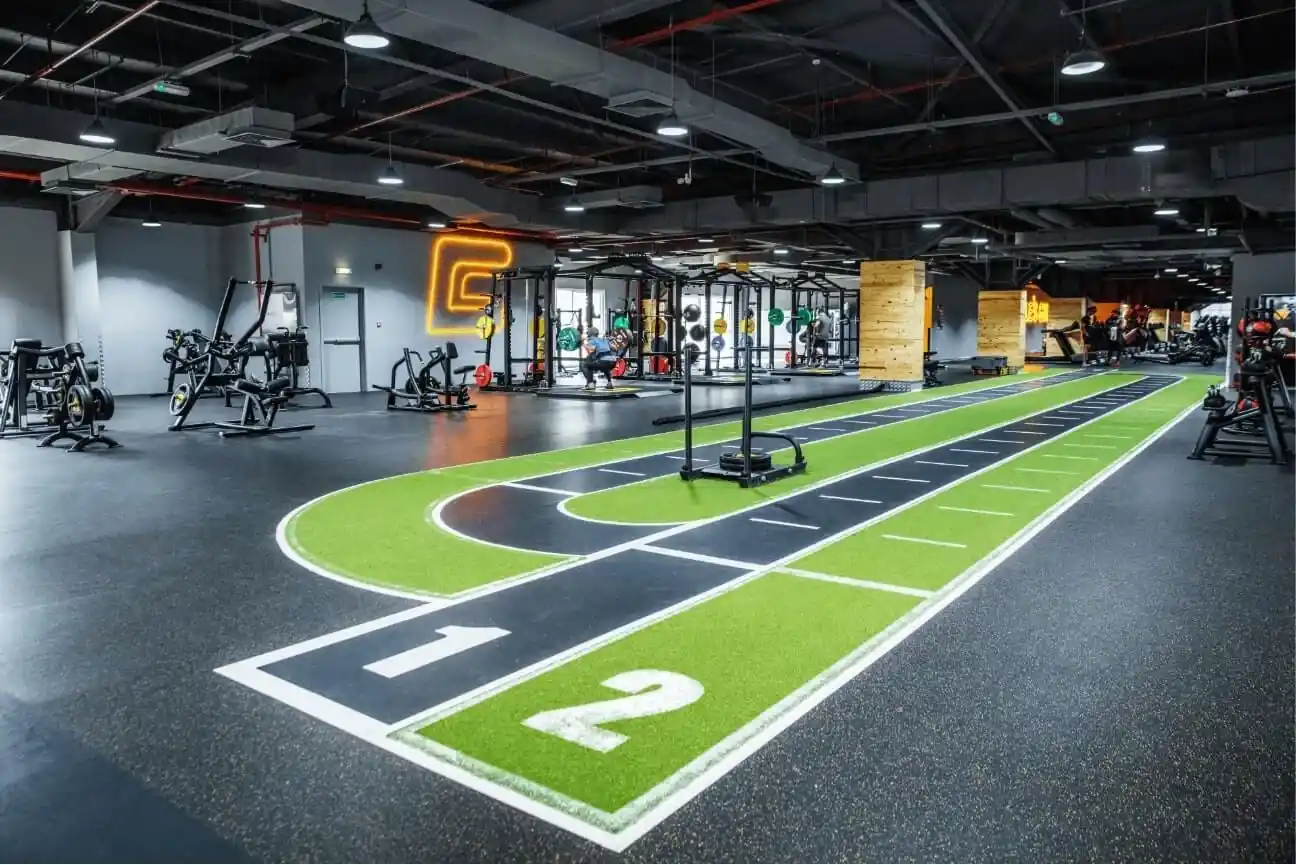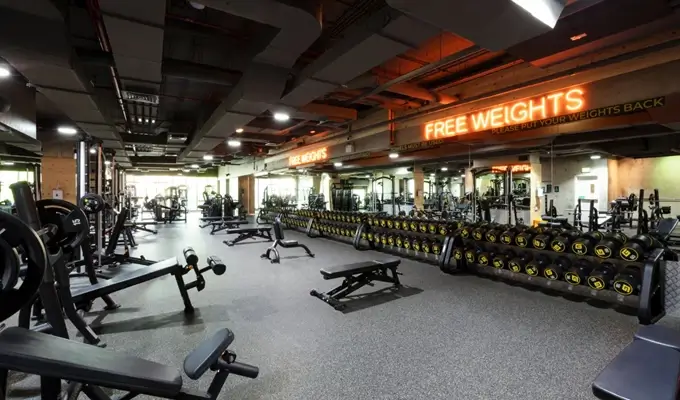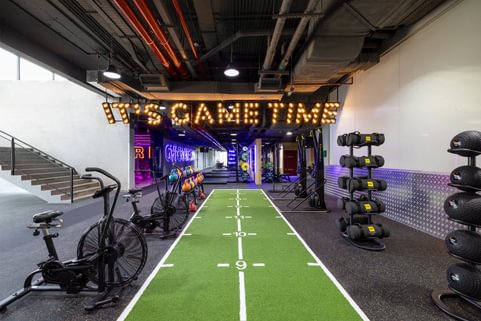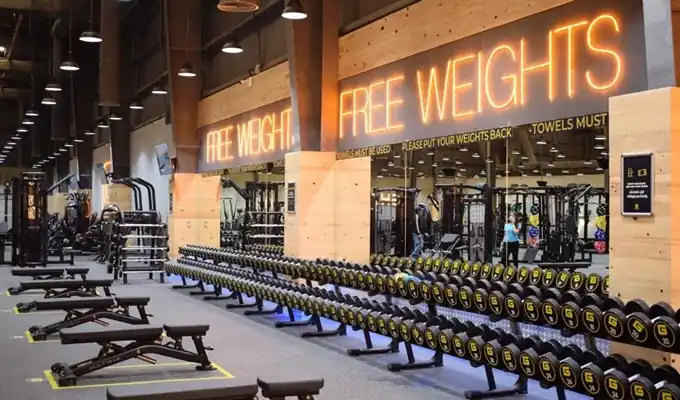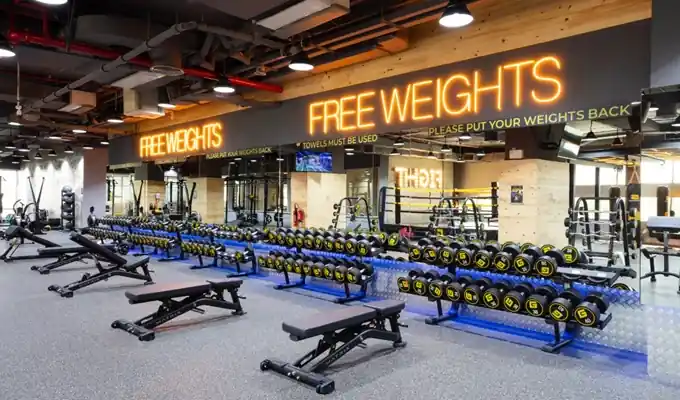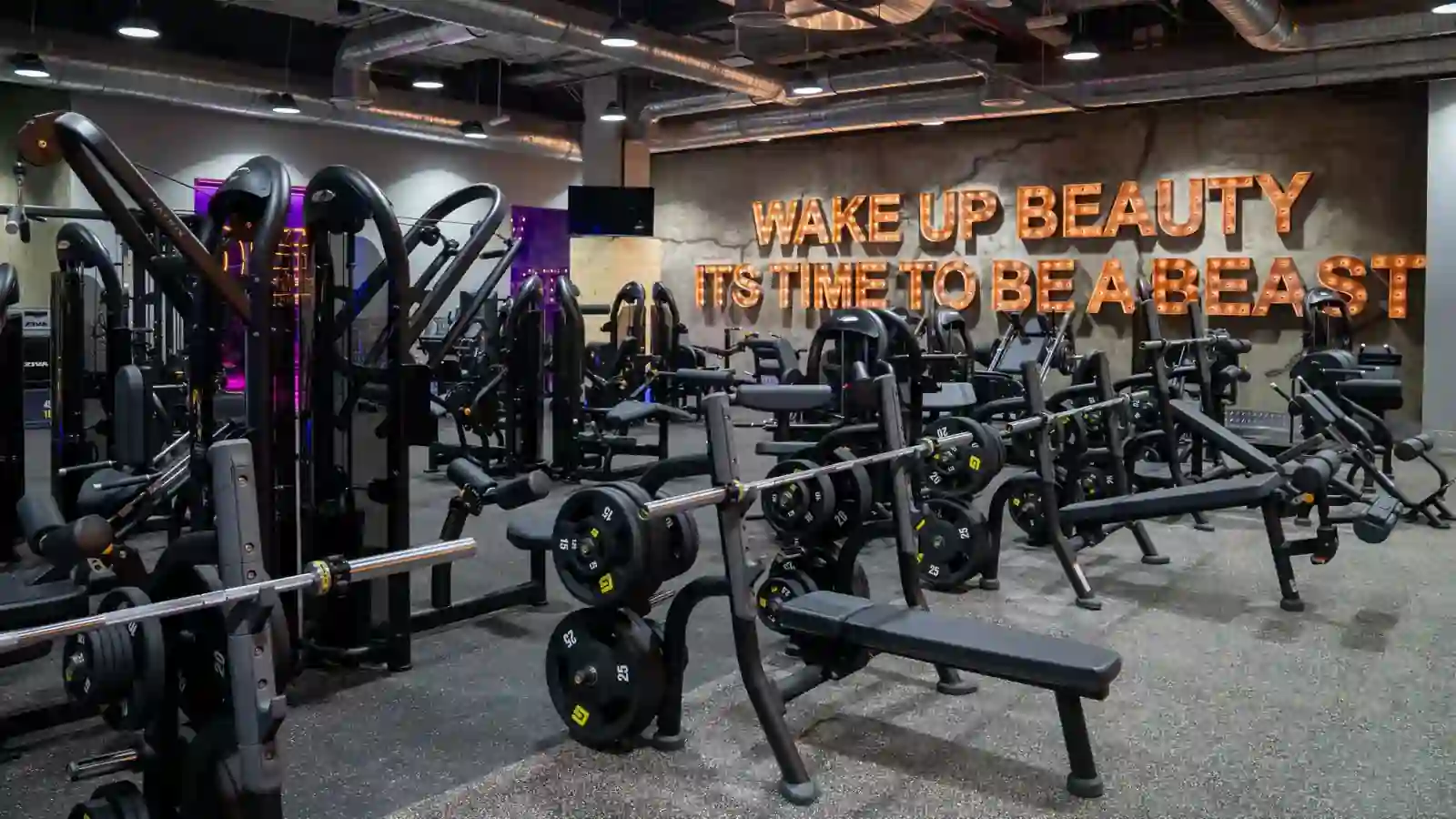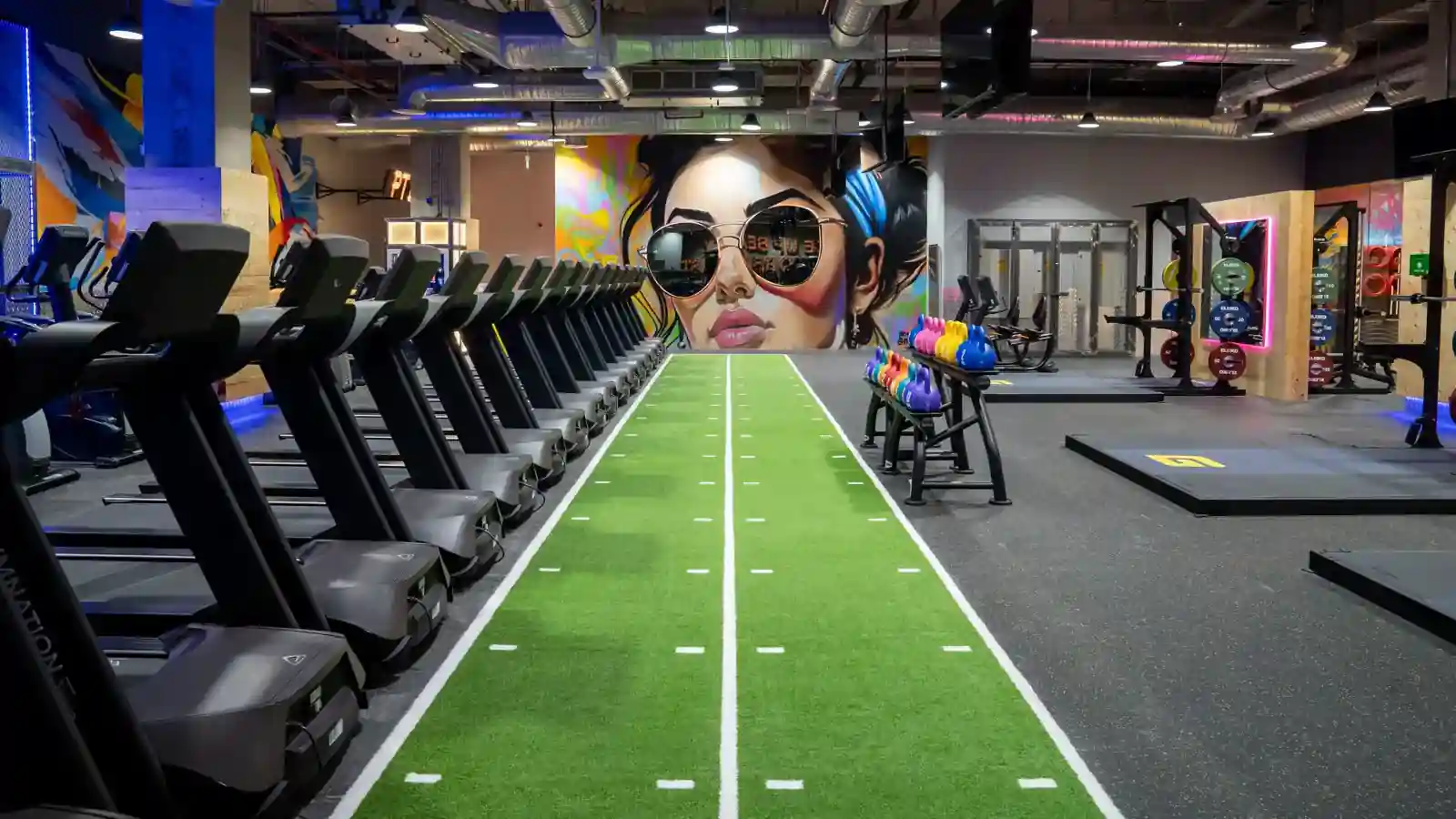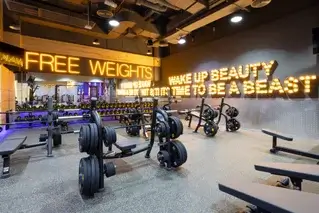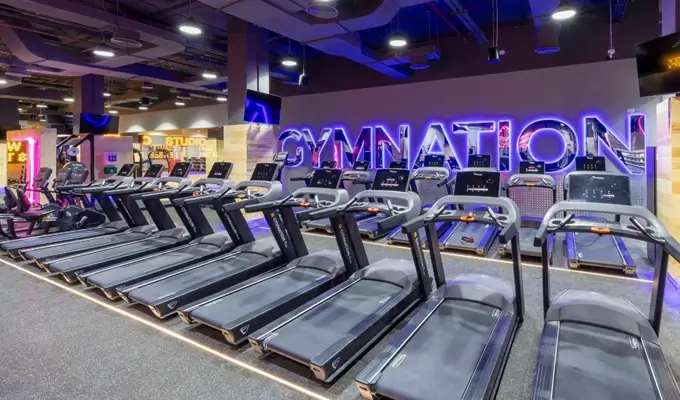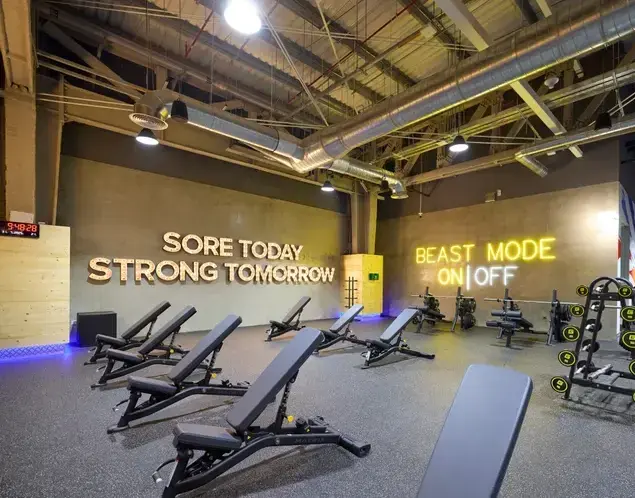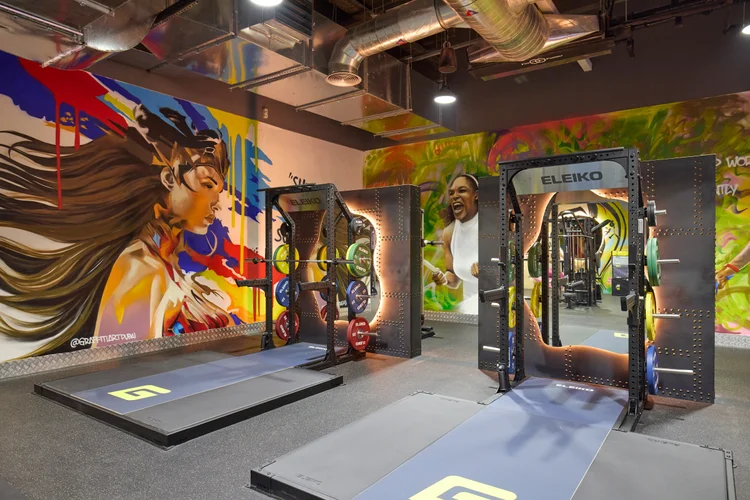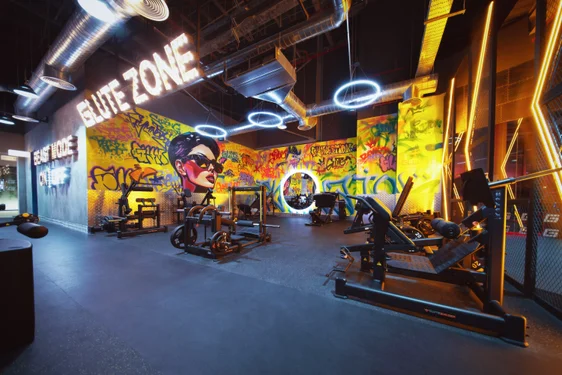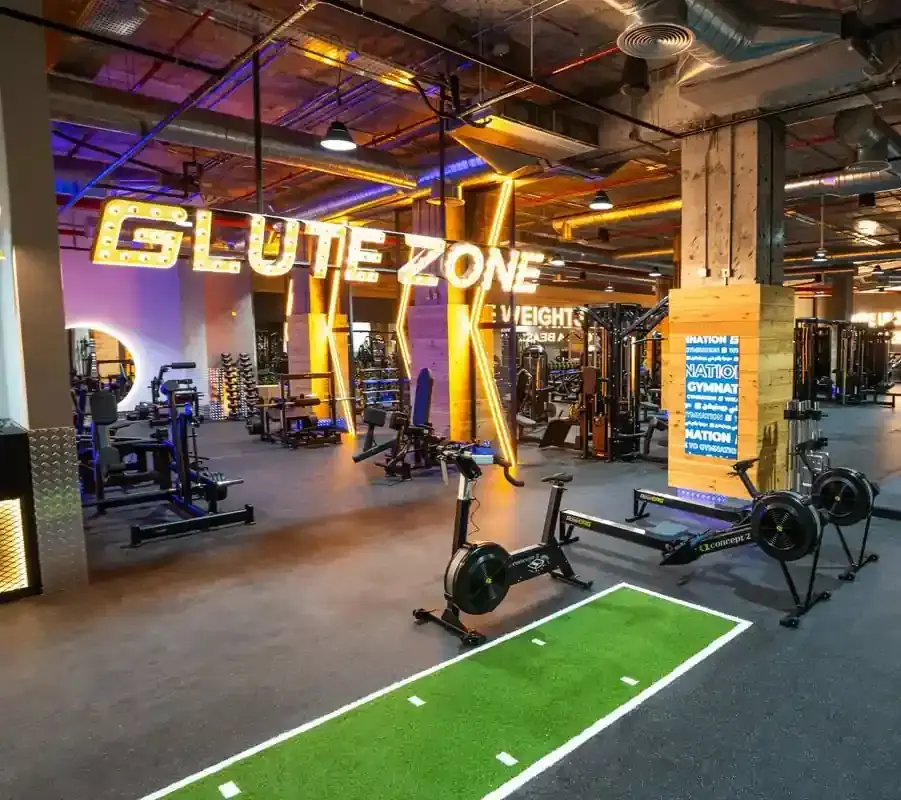From Niche Sport to Mainstream Craze: The Rise of the Indoor Climbing Gym
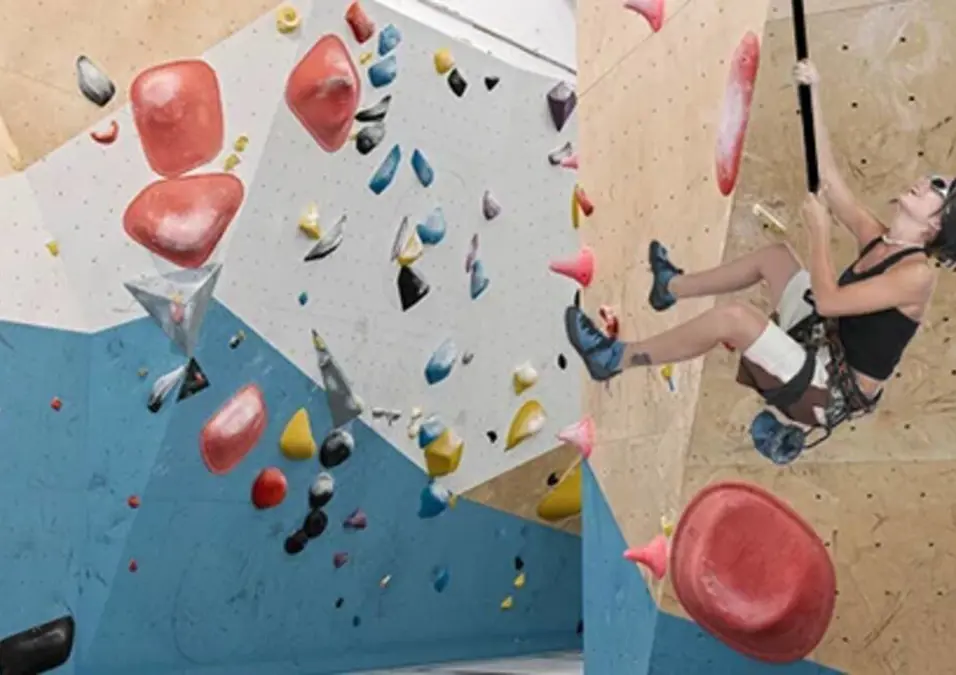
SIGN UP FOR YOUR FREE DAY PASS TODAY!
Once a niche activity for "dirtbag" climbers in outdoor meccas like Yosemite, rock climbing has gone mainstream, and it’s largely thanks to the rise of indoor climbing gyms.
What's your go-to workout time?
What started as a way for alpinists to train has exploded into a global phenomenon, transforming the sport and building new communities from the ground up.
According to the Climbing Business Journal, there are now more than 875 climbing gyms across North America, with over 7 million Americans identifying as climbers.
This boom has turned a once-inaccessible sport into a popular hobby that combines brain-teasing puzzles, physical strength, and a touch of adrenaline.
TRAIN LIKE AN OLYMPIC MEDALLIST!
The Evolution from Crags to Commercial Gyms
Rock climbing as a recreational sport began to gain traction in the U.S. during the 1950s and '60s.
For decades, it remained the domain of a dedicated few with easy access to outdoor crags and the time to devote to the lifestyle. The idea of indoor climbing was mostly for off-season training.
That all changed in the 1980s with the invention of plastic bolt-on holds and modular climbing panels.
These innovations paved the way for the first commercial climbing gym, the Vertical Club, which opened in Seattle in 1987. Since then, the industry has seen steady growth, averaging 4-8% annually.
A major turning point came after the 2008 financial crisis. As real estate in American cities became more affordable, large, empty buildings provided the perfect canvas for a new era: the climbing megagym.
Entrepreneurs and companies like Walltopia began building massive, state-of-the-art facilities, making indoor climbing more accessible than ever.
Today, an estimated 95% of the U.S. population lives within a 30-minute drive of a climbing gym.
GET HYROX RACE READY AT GYMNATION
Building a New Kind of Community
The spread of indoor gyms has fundamentally reshaped climbing culture.
The old-school image of the lone, misfit climber has been replaced by a vibrant, community-centric atmosphere.
Modern gyms are designed not just for climbing but for socializing, with lounges, fitness areas, and family-friendly spaces.
"When we're designing a climbing gym, we're looking at the non-climbing spaces as much as we are our climbing walls," says Adam Koberna, U.S. president for Walltopia.
"How people hang out and stay in the gym is just as important as the design of the walls."
This shift has also made the sport more diverse. While it was once dominated by young white men, nearly half of indoor climbers are now women, and one-fifth of all climbers in the U.S. are non-white.
The sport's debut in the 2021 Tokyo Olympics further broadened its appeal, bringing stars like Janja Garnbret to a global audience.
VINYASA YOGA CLASSES AT GYMNATION
The Future of Climbing is Smart and Scalable
Despite its popularity, the industry faces challenges. High construction and real estate costs make building megagyms a risky venture. In response, the market is innovating.
One of the biggest new trends is the rise of adjustable training boards. These standalone frames feature customizable routes that climbers can change with their smartphones, adjusting wall angles and lighting up specific holds.
For smaller gym owners, these boards offer a more affordable and scalable way to enter the market without the massive cost of building full-sized walls.
Looking ahead, industry experts predict continued growth, especially in smaller cities and regions without natural rock formations.
"Florida's popping right now, and Texas is similarly getting a lot of new activity," says Scott Rennak, publisher of Climbing Business Journal. "We’re seeing places like Dallas go from having only one or two gyms to having eight or 10."
From its rugged outdoor origins to the high-tech gyms of today, climbing continues to evolve, proving that you don't need a mountain to reach new heights.
Source: thehustle
The opinions shared in the GymNation blog articles are solely those of the respective authors and may not represent the perspectives of GymNation or any member of the GymNation team.
Frequently Asked Questions
What makes indoor climbing so popular?
GET YOUR FREE TRIAL TODAY




















